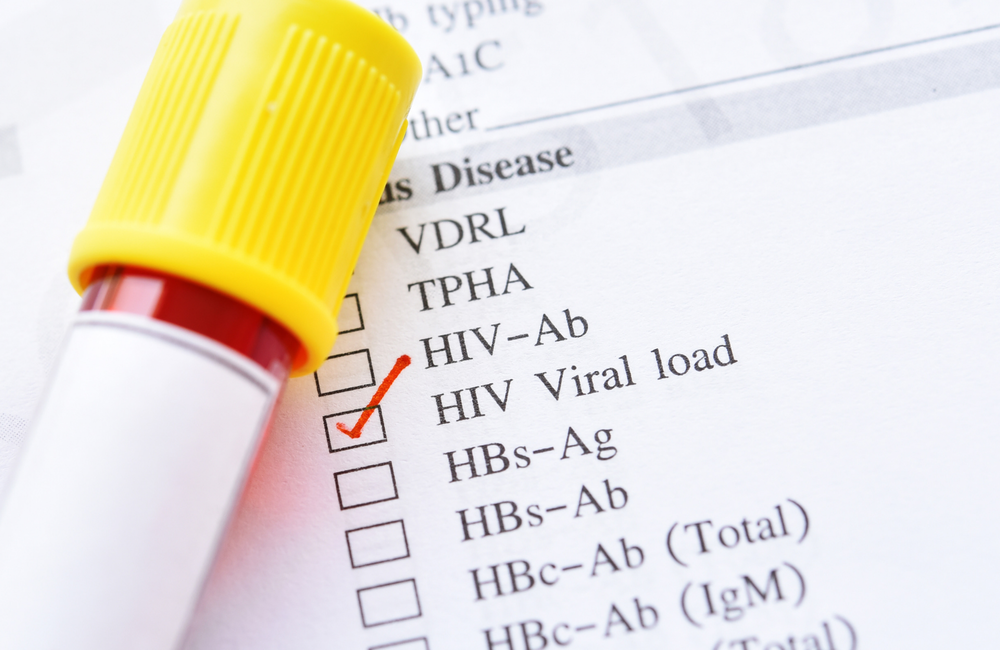
A viral load result is usually described in terms of the number of HIV RNA copies per millilitre of blood (copies/ml). Because the actual copy numbers can span up to the hundreds of thousands and millions before treatment, a more concise form of writing these numbers exists. This is known as the logarithmic scale and logs of 10 are used. Logs of 10 correspond to how many times 10 needs to be multiplied by itself to get the actual copy number. For example, if the viral load is given as 3 on a logarithmic scale, it would be equal to 10 x 10 x 10 copies, or 10³ or 1000 copies per millilitre.
You can calculate a viral load change (for example, a decrease in viral load after starting treatment) on a logarithmic scale by subtracting the current copy number from the previous number. For example, if your pre-treatment copy number was 4 on the logarithmic scale (10 x 10 x 10 x 10 or 10,000 copies) and decreases to 2 (10 x 10 or 100 copies), the change is a drop of 2 logs (9900 copies).
- A decrease in viral load from 40,000 to 4000 copies could be described as a one-log decrease, a tenfold decrease, or a decrease of 90%.
- A decrease in viral load from 40,000 to 400 copies could be described as a two-log drop (102), equivalent to a hundredfold fall.
- A decrease in viral load from 40,000 to 40 copies would be a three-log drop (103), equivalent to a thousandfold fall.
Fractions of logs are hard to remember because they do not correspond to round number percentages. For example, a 0.5 log fall in viral load is a 66.6% decrease or a two-thirds fall in viral load. A 1.5 log fall is approximately a 96% reduction.
If your results are given in logs and you want to calculate your actual viral load, the easiest way is to use this online log calculator.

In the first box you need to type 10 as the base, in the middle box you need to type the log of your viral load from your viral load measurement and then click on the ‘Calculate’ button. For example, if your result was 106.2, then your actual copy number of your viral load will be displayed as 1,584,893 – in other words, around one and a half million.
